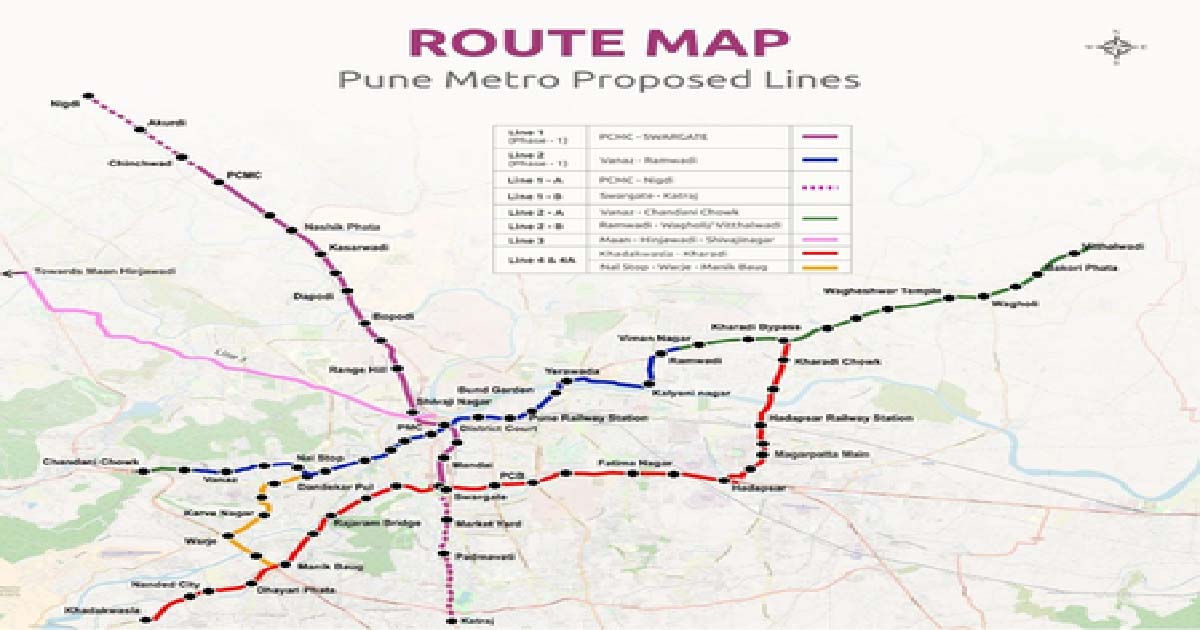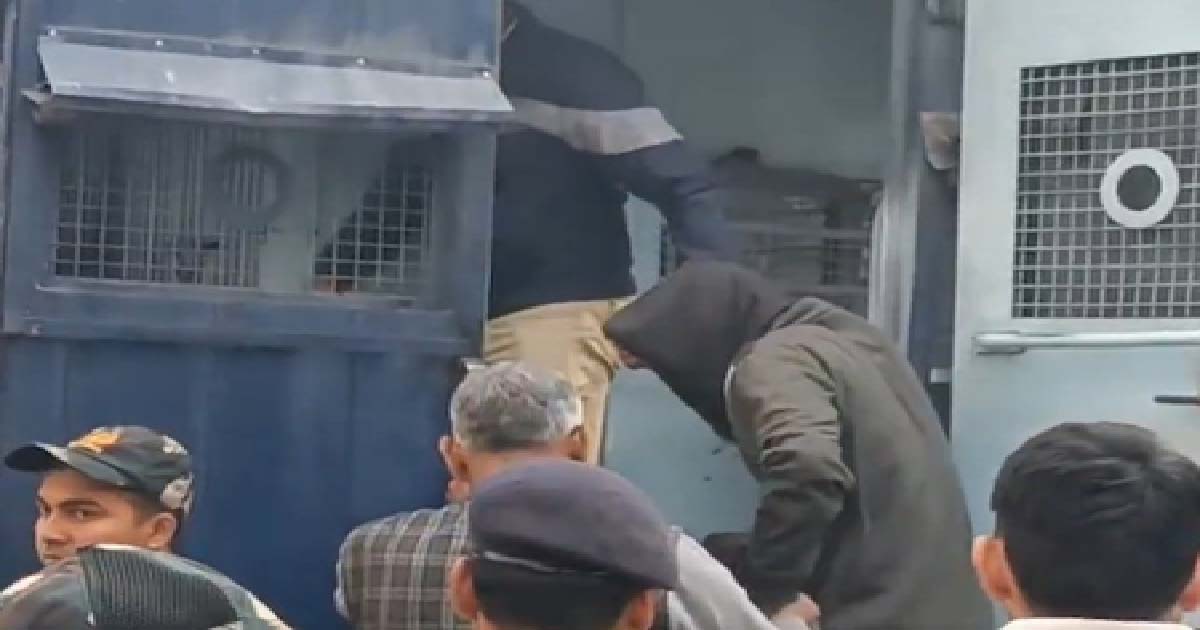National News
Chandrayaan-3’s landing region is about 3.7 bn years old: Scientists

New Delhi, Feb 8: The landing site of Indian Space Research Organization’s (ISRO) Chandrayaan-3 near the south pole of the Moon in 2023, is about 3.7 billion years old, according to scientists.
Chandrayaan-3 spacecraft carrying lunar lander Vikram, and Pragyan rover became the first to land near the South Pole of the Moon on August 23, 2023.
With Chandrayaan-3’s success, India also became the fourth nation after the erstwhile USSR (now Russia), the US, and China to make a soft landing on the Moon.
Using high-resolution remote sensing datasets, a team of scientists including from the ISRO, Bengaluru, and Physical Research Laboratory in Ahmedabad mapped the landing site of Chandrayaan-3.
“The geological map reveals the spatial distribution of three distinct terrain types within the landing area that includes high-relief rugged terrain and smooth plains, and low-relief smooth plains,” said the team in the paper, published in the Science Direct journal.
The team determined that “the region is approximately 3.7 billion years old”. “It dates back to the same era when the earliest microscopic life forms began emerging on Earth,” said scientists in an article published in Nature.
The Chandrayaan-3 landing site is situated within the low-relief smooth plains. Offering new insights into the Moon’s history, the geological map of the site reveals that debris from the nearby Schomberger crater covers the area.
Further, the analysis revealed the landscape is scattered with boulders, some of which exceed five metres in size. “Most of them originate from a fresh, 540-metre crater located 14 kilometres south of the landing site,” the scientists report.
To the west side are smaller, centimetre-sized rock fragments, which likely came “from a nearby 10-metre-wide crater”, the team said.
The findings showcase valuable context for the interpretation of Chandrayaan-3 mission data and contribute to understanding the geological history of the Moon’s southern high-latitude region.
National News
Mumbai Weather Update: City Reels Under Haze-Filled Atmosphere Despite Sunny Skies; Overall AQI In Unhealthy Range At 250

Mumbai: Mumbai woke up on Thursday to a mild and cooler morning, with minimum temperatures dipping just below 23°C. But what initially felt like a refreshing start quickly turned unsettling as commuters stepped out to find the city engulfed in a thick layer of smog. Early-morning crowds reported reduced visibility, irritation in the eyes and throat and breathing discomfort.
What began as a pleasantly crisp morning soon served as yet another reminder of Mumbai’s worsening air-quality crisis. A dense haze wrapped itself around arterial roads, housing societies, business districts and key transport corridors. Light winds offered little hope, failing to disperse the pollutants that have been accumulating continuously through November.
According to the India Meteorological Department (IMD), the city will continue to experience clear skies throughout the day, with maximum temperatures expected to rise to around 33°C by the afternoon. Meteorologists added that while the early-morning nip may persist over the coming days, there is still no indication of when the city’s deteriorating air quality might show improvement.
Mumbai’s overall Air Quality Index (AQI) touched 250 on Thursday, placing it firmly in the ‘unhealthy’ category. The jump marks a sharp increase from earlier this month, when several neighbourhoods were still registering moderate or poor AQI levels. Today’s readings show a citywide decline, with coastal belts, industrial pockets and high-density residential zones all recording problematic numbers.
The Wadala Truck Terminal emerged as the day’s most polluted spot, logging a hazardous AQI of 348. Mazgaon followed with 316, and Worli recorded 301, both falling in the severe category. Several western and eastern suburbs also fared poorly: Deonar reported an AQI of 280, while Bandra-Kurla Complex (BKC) logged 277, signalling that pollution has spread uniformly across Mumbai’s central, western and eastern corridors.
Some suburban locations performed slightly better but still fell short of healthy levels. Parel–Bhoiwada recorded the lowest AQI of the day at 173, placing it in the poor category. Malad West reported 193, followed by Powai at 210, Kandivali East at 223, and Borivali West at 227, all within the poor-to-unhealthy range.
For context, an AQI of 0–50 is considered good, 51–100 moderate, 101–150 poor, 151–200 unhealthy, and anything above 200 classified as severe or hazardous. With much of the city now above that threshold, Mumbai continues to grapple with an air-quality crisis that shows no signs of easing.
Business
Union Cabinet approves Pune Metro Rail Project Phase 2 with Rs 9,857 crore outlay

New Delhi, Nov 26: In a major boost for the public transport network in Pune, the Union Cabinet, chaired by Prime Minister Narendra Modi, on Wednesday approved Line 4 (Kharadi–Hadapsar–Swargate–Khadakwasla) and Line 4A (Nal Stop–Warje–Manik Baug) with Rs 9,857.85 crore outlay under Phase 2 of the Pune Metro Rail Project.
According to the Cabinet, this is the second major project approved under Phase-2, following the sanction of Line 2A (Vanaz–Chandani Chowk) and Line 2B (Ramwadi–Wagholi/Vitthalwadi). With this latest approval, Pune Metro’s network will expand beyond the 100-km milestone, a significant step in the city’s journey towards a modern, integrated, and sustainable urban transit system.
Spanning 31.636 km with 28 elevated stations, Line 4 and 4A will connect IT hubs, commercial zones, educational institutions, and residential clusters across East, South, and West Pune.
The project will be completed within five years at an estimated cost of Rs 9,857.85 crore, to be jointly funded by the Centre, the Maharashtra government, and external bilateral/multilateral funding agencies.
These lines are a vital part of Pune’s Comprehensive Mobility Plan (CMP) and will seamlessly integrate with operational and sanctioned corridors at Kharadi Bypass and Nal Stop (Line 2), and Swargate (Line 1).
“They will also provide an interchange at Hadapsar Railway Station and connect with future corridors towards Loni Kalbhor and Saswad Road, ensuring smooth multimodal connectivity across metro, rail, and bus networks,” a Cabinet communique said.
The project will be implemented by the Maharashtra Metro Rail Corporation Limited (Maha-Metro), which will carry out all civil, electrical, mechanical, and systems works.
Pre-construction activities such as topographical surveys and detailed design consultancy are already underway, according to the Cabinet.
According to projections, the daily ridership on Line 4 and 4A combined is expected to be 4.09 lakh in 2028, rising to nearly 7 lakh in 2038, 9.63 lakh in 2048, and over 11.7 lakh in 2058.
Of this, the Kharadi–Khadakwasla corridor will account for 3.23 lakh passengers in 2028, growing to 9.33 lakh by 2058, while the Nal Stop–Warje–Manik Baug spur line will rise from 85,555 to 2.41 lakh passengers over the same period.
These projections highlight the significant growth in ridership expected on Line 4 and 4A over the coming decades.
With Line 4 and 4A, Pune will not just get more metro tracks but will also gain a faster, greener, and more connected future. These corridors are designed to give back hours of commuting time, reduce traffic chaos, and provide citizens with a safe, reliable, and affordable alternative.
Crime
Red Fort blast: Accused Soyab sent to 10-day NIA custody

New Delhi, Nov 26: The National Investigation Agency (NIA) was granted a 10-day custody of Soyab, the accused in the Delhi terror blast case, who was arrested in Faridabad earlier on Wednesday.
Soyab was presented before the Patiala House Court, which approved his transfer to NIA custody for 10 days.
Additionally, another key accused, Aamir Rashid Ali, had his NIA custody expiring on the same day. He was also presented before the court, which extended his custody by an additional seven days.
The NIA, earlier in the day, arrested Soyab, a resident of Faridabad’s Dhoj, for harbouring terrorist Dr Umar Muhammad, also known as Umar Un Nabi, immediately before the Delhi terror bomb blast.
Soyab is the seventh person to be arrested in connection with the case.
According to the NIA, he not only harboured Umar before the attack but also provided logistical support crucial to the execution of the November 10 car bombing near the Red Fort that killed several people and left many others injured.
Before this arrest, the NIA had taken six of Umar’s close aides into custody as part of ongoing investigations under case number RC-21/2025/NIA/DLI.
The NIA stated that it is actively pursuing multiple leads related to the suicide bombing and has been conducting coordinated searches across several states with the assistance of local police forces. The agency said its objective is to identify and apprehend all members linked to the larger terror network responsible for the attack.
Meanwhile, ongoing investigations have revealed chilling details about terrorist Umar’s methods and preparations.
According to interrogation inputs from arrested members of the terror module, Umar maintained what investigators describe as a “mobile workstation” — a large suitcase containing bomb-making tools, chemical compounds and containers. He carried it with him wherever he went.
Umar, a medical professional associated with Al-Falah University in Faridabad, reportedly conducted chemical tests in his room on campus before creating the final Improvised Explosive Device (IED).
One of the arrested suspects, Dr Muzamil Shakeel, also affiliated with the same university, confirmed to interrogators that Umar experimented with substances that were later used in the blast.
-

 Crime3 years ago
Crime3 years agoClass 10 student jumps to death in Jaipur
-

 Maharashtra1 year ago
Maharashtra1 year agoMumbai Local Train Update: Central Railway’s New Timetable Comes Into Effect; Check Full List Of Revised Timings & Stations
-

 Maharashtra1 year ago
Maharashtra1 year agoMumbai To Go Toll-Free Tonight! Maharashtra Govt Announces Complete Toll Waiver For Light Motor Vehicles At All 5 Entry Points Of City
-

 Maharashtra1 year ago
Maharashtra1 year agoFalse photo of Imtiaz Jaleel’s rally, exposing the fooling conspiracy
-

 National News1 year ago
National News1 year agoMinistry of Railways rolls out Special Drive 4.0 with focus on digitisation, cleanliness, inclusiveness and grievance redressal
-

 Maharashtra1 year ago
Maharashtra1 year agoMaharashtra Elections 2024: Mumbai Metro & BEST Services Extended Till Midnight On Voting Day
-

 National News1 year ago
National News1 year agoJ&K: 4 Jawans Killed, 28 Injured After Bus Carrying BSF Personnel For Poll Duty Falls Into Gorge In Budgam; Terrifying Visuals Surface
-

 Crime1 year ago
Crime1 year agoBaba Siddique Murder: Mumbai Police Unable To Get Lawrence Bishnoi Custody Due To Home Ministry Order, Says Report












